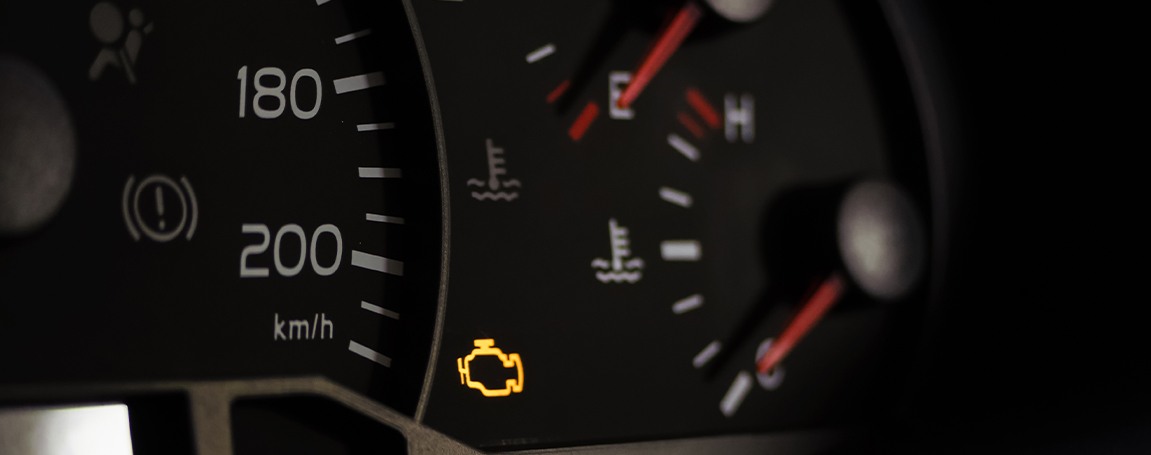Understanding Your Car’s Emergency Lights
Understanding Your Car’s Emergency Lights
Posted on April 21, 2023
Modern cars come equipped with a range of emergency lights on the dashboard, designed to indicate potential issues or system failures. These lights serve as a crucial warning system, helping drivers identify problems before they escalate. Unfortunately, many drivers tend to ignore these warnings, leading to costly repairs or breakdowns. Today, we explain the most common emergency lights found in cars, what they signify, and how to respond appropriately.
The Check Engine Light
The check engine light is perhaps the most well-known and dreaded of all emergency lights. It is usually depicted as an engine symbol or the words "check engine" on the dashboard. This light could indicate a problem within the engine control system. It could be something as simple as a loose gas cap or a more serious issue like a faulty sensor. Ignoring this light can lead to significant engine damage and decreased fuel efficiency.
Brake-Warning Light
The brake warning light tends to look like the outline of an exclamation point inside a circle. When this light comes on, it signals an issue with the brake system. It could indicate a low brake fluid level, a faulty brake sensor, an anti-lock braking system ABS, or worn brake pads. Driving with a faulty brake system can be dangerous and should be addressed immediately. Check your brake fluid levels and consult a technician for a thorough brake system inspection.
Battery Warning Light
The battery warning light is represented by a pictogram of a battery or sometimes simply as the word "battery." When this light comes on, it signifies a problem with the electrical charging system or a weak battery. A faulty alternator, a loose battery connection, or a worn-out battery could cause it. If this light comes on while driving, turning off any unnecessary electrical accessories and heading to an auto repair shop for a battery and charging system analysis is important.
Oil Pressure Warning Light
The oil pressure warning light is usually depicted as an oil can or an oil pressure gauge. When this light comes on, it indicates low oil pressure in the engine. Low pressure can cause engine damage and eventual failure. The most common causes include low oil levels, a clogged oil filter, or a faulty oil pump. If this light flickers or stays on, stop your car immediately, check the oil level, and seek professional assistance if needed.
ABS Warning Light
The ABS warning light is represented by the letters "ABS" inside a circle. It indicates a problem with the anti-lock braking system. The ABS helps prevent wheel lock-up during panic stops, ensuring stability and control. When the ABS warning light comes on, it could be due to a malfunctioning ABS sensor, a damaged ABS module, or an issue with the hydraulic pump. While the standard braking system may still function, it is recommended to have the ABS checked and repaired by a professional.
The TPMS Warning Light
The TPMS warning light resembles a horseshoe-shaped icon with an exclamation mark in the middle. TPMS stands for Tire Pressure Monitoring System, and when this light illuminates, it indicates a significant drop in tire pressure. Check your tire pressure regularly and inflate as needed. If the TPMS warning light remains on after tire inflation, there may be a puncture or a faulty TPMS sensor. Have your tires inspected and repaired as soon as possible.
Conclusion
Understanding your car's emergency lights is essential for maintaining your vehicle's safety and performance. Ignoring these warnings can lead to more significant problems, expensive repairs, or even accidents. By familiarizing yourself with the various emergency lights discussed in this guide, you can quickly identify issues and take appropriate action. Remember, whenever an emergency light comes on, prioritize safety and seek professional assistance to diagnose and address the problem promptly.




